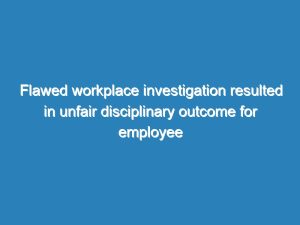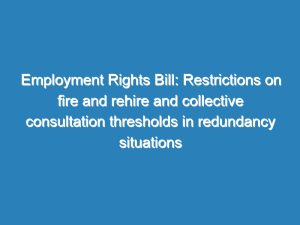In line with the government’s plan to digitise all government services, the President of the Government of Kenya issued a directive to consolidate all payments being made to the government in early August 2023. The payments would be via a single payment platform under the designated Paybill Number 222222. This was followed with the closure of all existing non-designated Paybill Numbers by 10th August 2023.
In compliance with the said directives, the Ministry of Lands, Public Works, Housing and Urban Development, through the State Department of Lands and Physical Planning, on 17th of November 2023 issued a public notice to affect the same. The ministry directed that stamp duty payments shall no longer be done on the Kenya Revenue Authority (KRA) iTax portal but on the Ardhisasa portal through the Ardhipay service.
The system provides one with various options of payment i.e. M-PESA Paybill 222222 or RTGS payments through different banks.
Initially, for one to pay stamp duty, one had to log into the iTax portal of the individual required to pay for the stamp duty; key in the necessary details of the property in question such as the price, names of the vendor and purchaser, title number, the location of the property and finally the assessed amount. This would in turn generate a Payment Registration Number (PRN) which would be used when making the stamp duty payment.
Both KRA and the State Department of Lands and Physical Planning had after this trialed a method where an invoice generated on the Ardhisasa system would have a bill reference number indicated. This would cut down on the information that you would be required to key in while generating the PRN for payment of stamp duty. This was a step in the right direction but there seemed to be an issue with the integration of both systems. Despite keying in the bill reference number, the details would not automatically fill in as expected and you would be forced still to fill in the details listed earlier.
With Ardhipay, the process has been further simplified and, dare say, is “foolproof”. To make stamp duty payments, you initiate the transaction you are making i.e. transfer or charge, you then proceed to fill in the details needed for you to be able to apply. Once this is done you can submit the application and pay the transaction/ convenience fee.
The Land Registration Department will then review the application and if it is in order, it will be forwarded to the Assessment/Valuation Department. Here they will either visit your property for physical valuation or use a scale for similar properties located in the same area.
On completion of valuation/assessment, an invoice will appear under the “Invoices” tab of the application you are handling. The invoice will give you the option to either pay or view the amount that has been assessed. Click on pay and make the payment via your preferred mode.
Let us now look at some of the merits and demerits of this new system.
Pros.
Ardhipay reduces the amount of time and effort needed to fill in the details required for generating a PRN on iTax. Since the invoice is on the Ardhisasa system, it already has all the details needed i.e. vendor name, purchaser name, Ardhisasa IDs, their KRA PINs, the value of the property, the date of the transfer, location of the property etc.
Payment is fast. In instances where you are making payments for minimal amounts i.e. Two Hundred Thousand and below, you can make payments via M-PESA Paybill 222222. Once you click on M-PESA and enter the number you want to pay through, you will receive a prompt and will be required to key in your M-PESA pin for the payment to go through. If this does not work you can go the old school way which is going to M-PESA, selecting Paybill, entering 222222 as the Paybill, entering the invoice number as the account number and making the payment indicated in the invoice.
Almost immediately, you will receive confirmation from Ardhisasa that the payment has been done and the invoice on the system will change from red unpaid to green paid.
Cons
Slow assessment and generation of Invoices.
Under the previous “physical” mode of transacting, one would submit the documents to be assessed and within three to five days have the property assessed and proceed to make the payments.
Under Ardhisasa, once you submit the same you must make myriads of follow-up calls and messages on the chatbot asking for updates on your assessment. Usually, they will give you a generic answer that the same has been forwarded to the relevant department and if you persist, they will tell you that the same has been fast-tracked but in reality, this means nothing. As such this causes a delay of weeks or even months in some instances thus delaying the transaction.
Delays in the clearance of bank payments.
This is concerning big payments over KES 300,000 that you cannot or do not wish to undertake via M-PESA. Under KRA, you would generate a PRN and proceed to the Bank to get an RTGS slip, bring it to the KRA offices at Lands and have your payment confirmed.
However, under the Ardhipay system, the same takes a long time to clear and be confirmed once payment has been made.
Despite the above challenges which may be termed as “teething problems” the introduction of Ardhipay is a step in the right direction as it looks to automate services and in the words of the State Department of Lands and Public Works “to make the payment of the stamp duty for land transactions a seamless process.”
First appeared on TripleOKlaw
Read More Read More







